#statusMessage#
Do you want to start the compare now?
#statusMessage#
Do you want to start the compare now?

Our electromagnetic environment is heavily burdened due to the multitude of transmitters and sources of interference pre...

Automated test and measurement systems that are fully connected with instrumentation and test data can significantly inc...

Temperature is one of the most common risk factors in industry. Overheating can disrupt processes, reduce quality or cau...
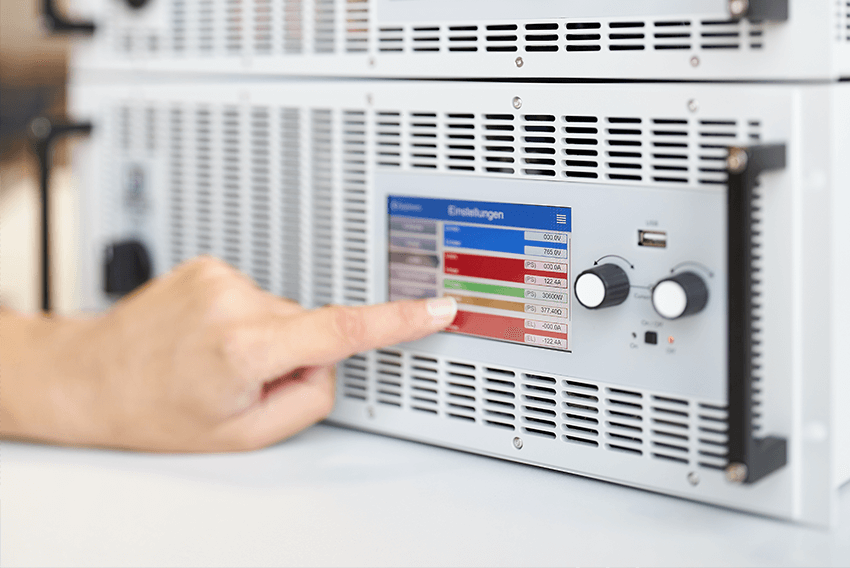
Electric vehicles are the future - but what happens to the batteries when they can no longer be used in cars? Efficient ...
Manufacturer number: MDO-2102EG
| Article number: | 01MD212EG0GT |
|---|---|
| Bandwidth (MHz): | 100 |
| Counter: | Yes |
| DVM: | No |
| Dimensions (L x W x H) (mm): | 127.3 x 384 x 208 |
| Function generator: | AWG25MHz |
| Interfaces: | USB, LAN |
| Model: | MDO-2102EG |
| Number of channels: | 2 |
| Samplerate: | 2 GSa/s |
| Screen size: | 20 cm |
| Screen type: | 800 x 480, WVGA |
| Segmentable memory: | Yes |
| Signal acquisition rate: | 120,000 wfms/s |
| Storage depth: | 10 MPts |
| Triggertypes: | Edge, Pulse Width (Glitch), Video, Pulse Runt, Rise&Fall (Slope), Alternate, Time out, Event-Delay, Time-Delay, Bus |
| Vertical resolution: | 8-bit |
| Warranty (years): | 3 |
| Weight (kg): | 3 |
The MDO-2000E series oscilloscope offers a bandwidth of 100 MHz and a real-time sampling rate of 1 GSa / s. The display and the 1 mV / div vertical resolution enable the MDO-2000E series to measure complex and weak signals and to present the clear measurement results.
The multi-domain oscilloscopes of the MDO-2000E series offer a memory depth of an unbelievable 10 Mpts as standard in order to completely retrieve and analyze the signal. Depending on the measurement application, the memory depth can be set to 1 k, 10 k, 100 k, 1 M or 10 M. A short memory depth in connection with the high sampling rate enables the user to observe a rapidly changing curve shape and on the other hand, with the selection of a large memory depth, slowly changing curves can be verified continuously.
With the standard segmented memory function , the acquisition memory is max. 29,000 segments divided in order to optimally use the memory depth of 10 Mpts available to you. It can be triggered on waveforms that are of particular interest and saved in the segmented memory (you fill a segment with each trigger event). This increases the storage effectiveness enormously.
The MDO-2000E oscilloscope series is equipped with a "waveform search function" and a segmented memory to extend the signal observation time of the flexible 10 Mpts long memory. The segmented memory can be divided into 29,000 areas in order to bypass uninteresting signal sequences and to be able to search through all essential signal sequences. This allows important signal sequences to be displayed and saved. With the "waveform search function" users can quickly search the desired curves for the trigger conditions.
The MDO-2000E Mixed Domain Oscilloscope Series enables users to easily and fully observe the turn-on behavior and rare transient waveforms. This makes waveform debugging easier by using the advanced VPO (Visual Persistence Oscilloscope) signal processing technology , which achieves a signal update of 120,000 wfm / s and writes these respective waveforms on the screen for a multi-layer signal display and thus an improved display to reach the signals. Oscilloscopes with VPO technology display the signals in a 3-dimensional arrangement of amplitude, time and signal strength for each signal point. 256 different colors indicate signal changes. Compared to a conventional digital storage oscilloscope, the MDO-2000E series offers much more natural and real displays that correspond to the real signal.
If you use the spectrum analyzer mode, the frequency level is shown on the display. Users can enter various characteristic parameters, depending on the application requirements, such as B. Display center frequency, displayed frequency range (span), start frequency and stop frequency. This allows the required frequency range to be examined very quickly and intuitively. The user interface corresponds to a real spectrum analyzer.
Signal characteristics and components can be identified much more easily in the frequency level than in the time level. So z. B. the composition of the signal harmonics or the frequency characteristic of a modulation signal.
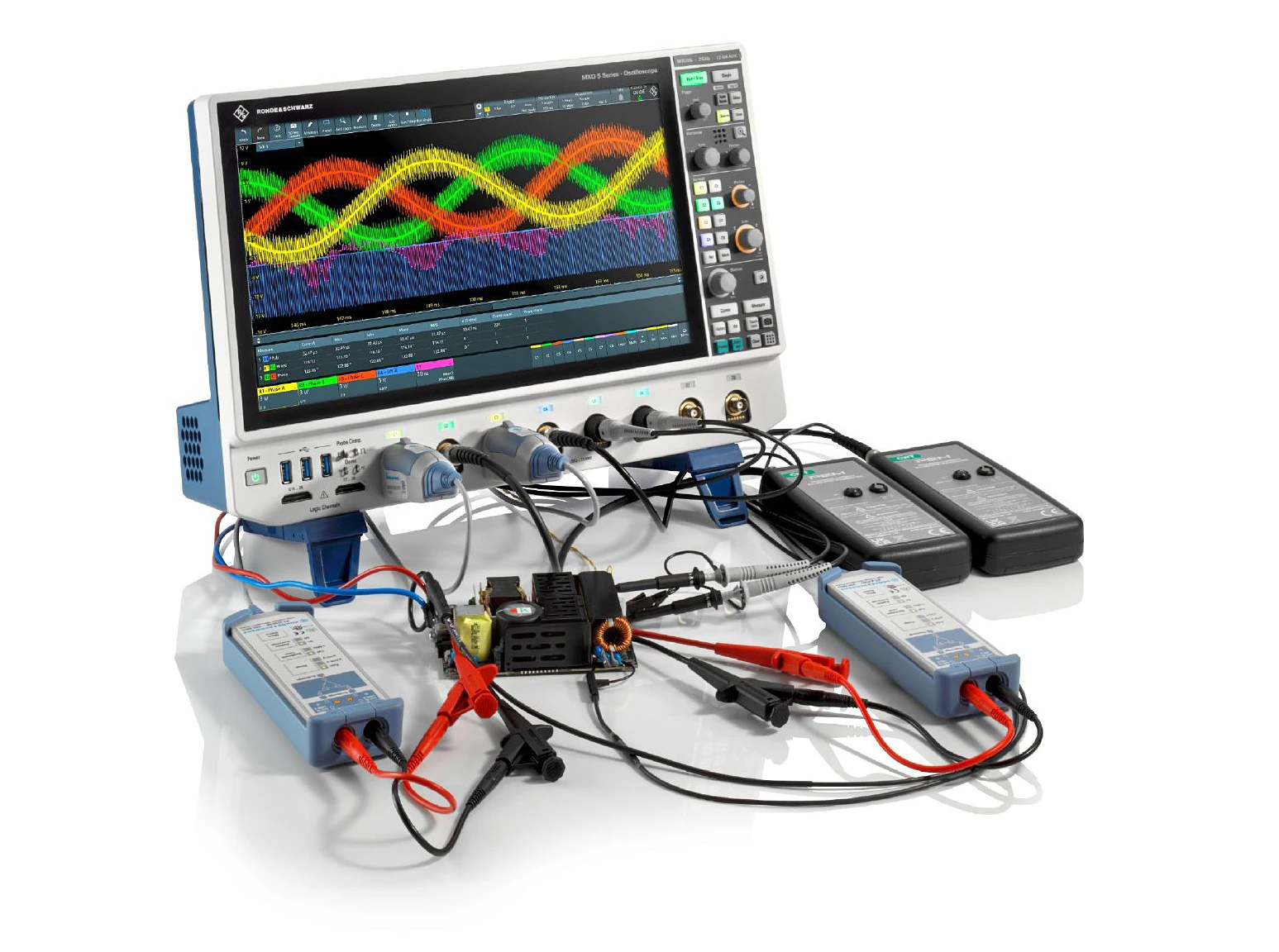
Modern oscilloscopes of the MXO Series from Rohde & Schwarz enable precise analysis and optimization of electric drivetr...
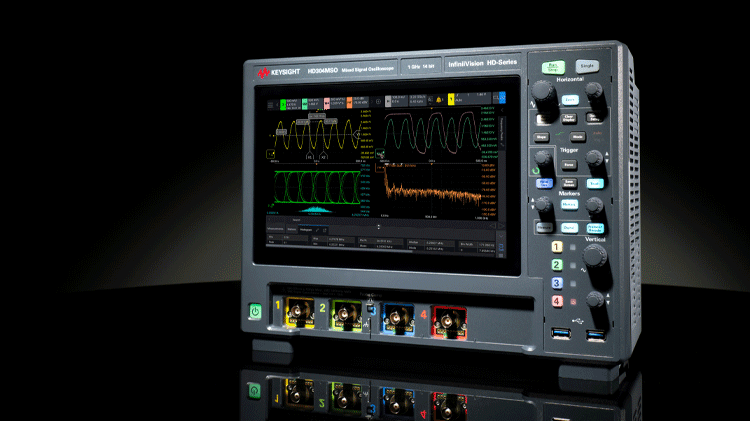
In the new issue of “dataTec unboxed” we present the new InfiniiVision HD3 oscilloscopes from Keysight with 14-bit ADC. ...
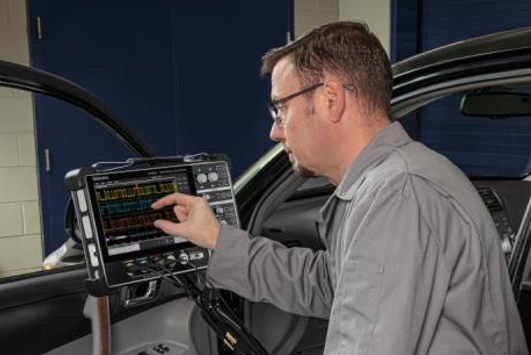
Embedded systems applications are growing rapidly in the automotive industry. Many vehicle designs use CAN, LIN or FlexR...
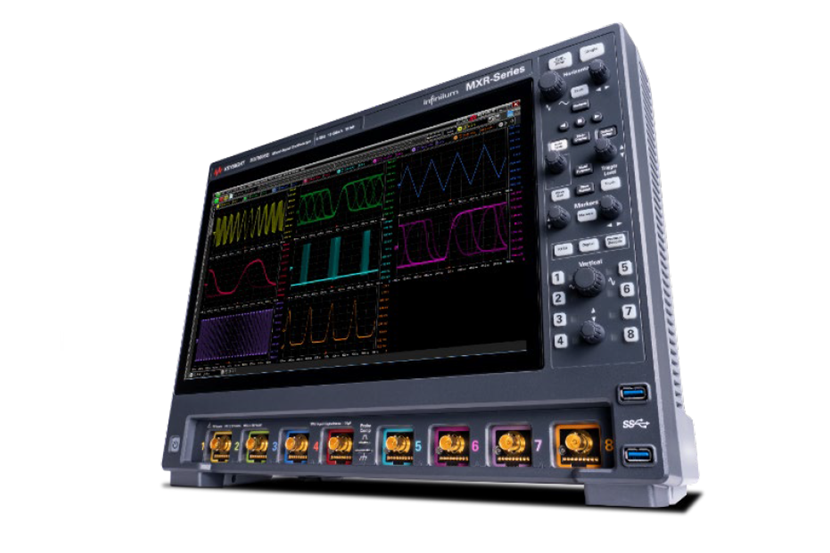
Engineers primarily use oscilloscopes to debug and characterize various automotive serial buses. These include the contr...
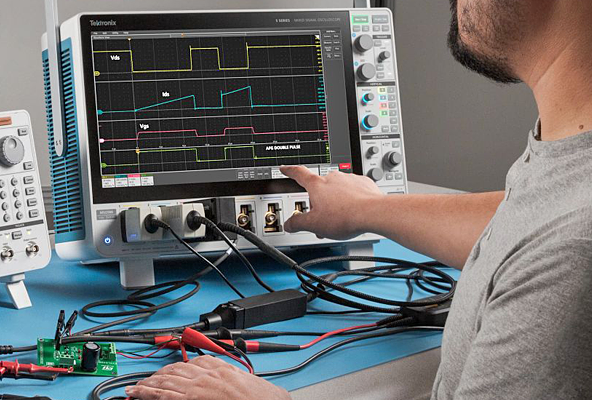
It is widely expected that wide bandgap (WBG) devices—using silicon carbide (SiC) and gallium nitride (GaN) transistors—...
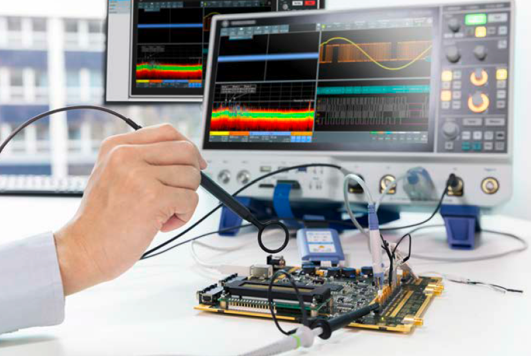
Navigating through the range of available specifications, options and capabilities can be challenging. There are a lot o...
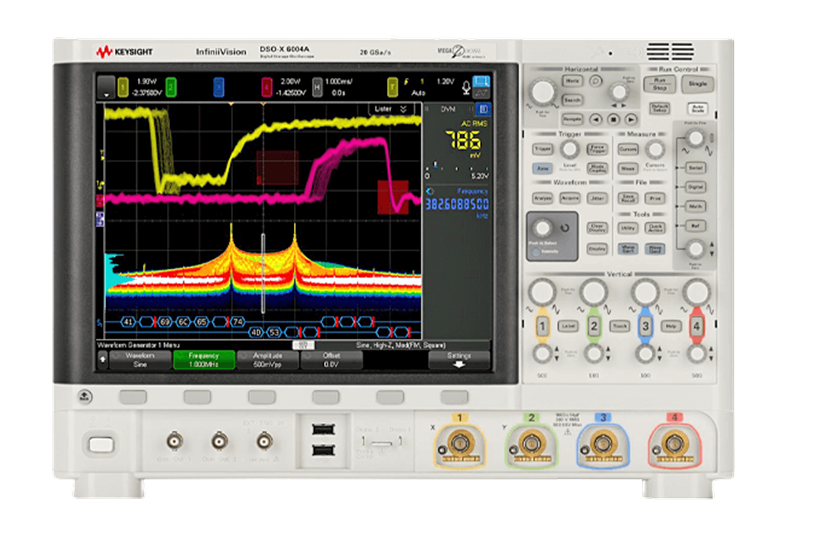
As data rates continue to increase in today’s state-of-the-art high-speed digital designs, timing budgets are decreasing...
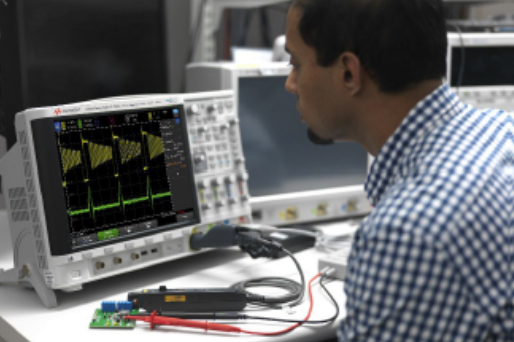
Current probes extend the application abilities of oscilloscopes beyond voltage measurement. Basically, current clamps m...

The market offers a wide choice of oscilloscopes for sale. This makes it difficult to decide which oscilloscope to buy a...
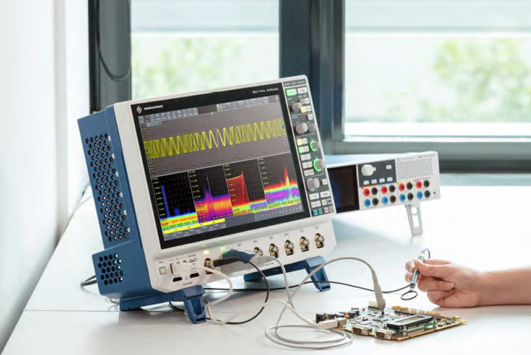
Your oscilloscope trigger determines the precise moment in time your instrument captures critical events of interest. Tr...
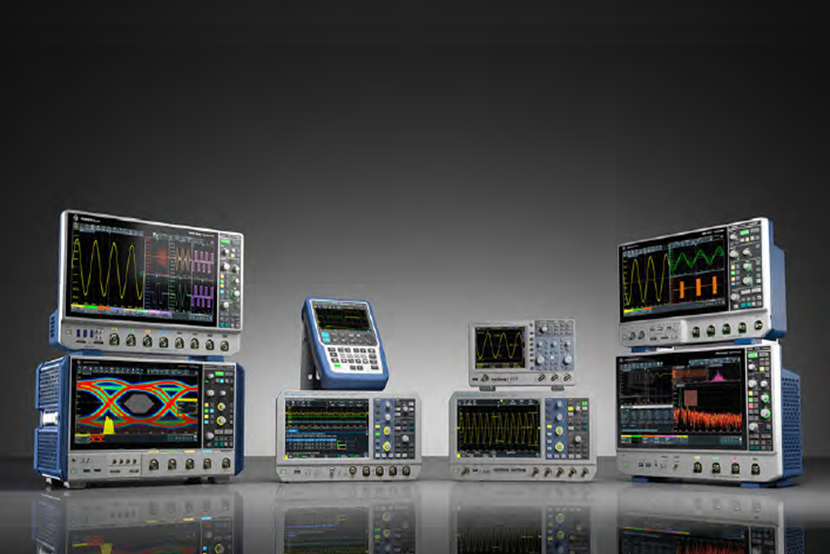
Oscilloscope users consistently rate bandwidth, sample rate and memory depth as the three most important specifications....
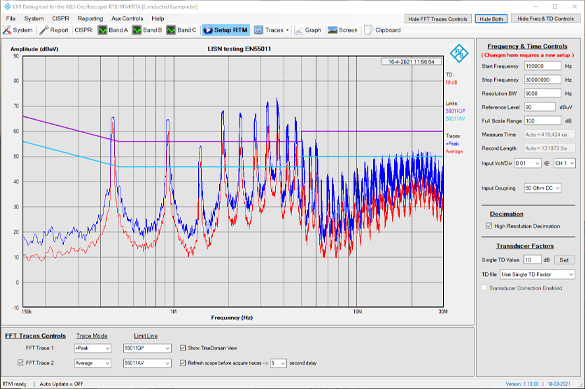
Getting EMI emissions under control is one of those tasks that R&D engineers do not enjoy doing . EMI must often be ...


